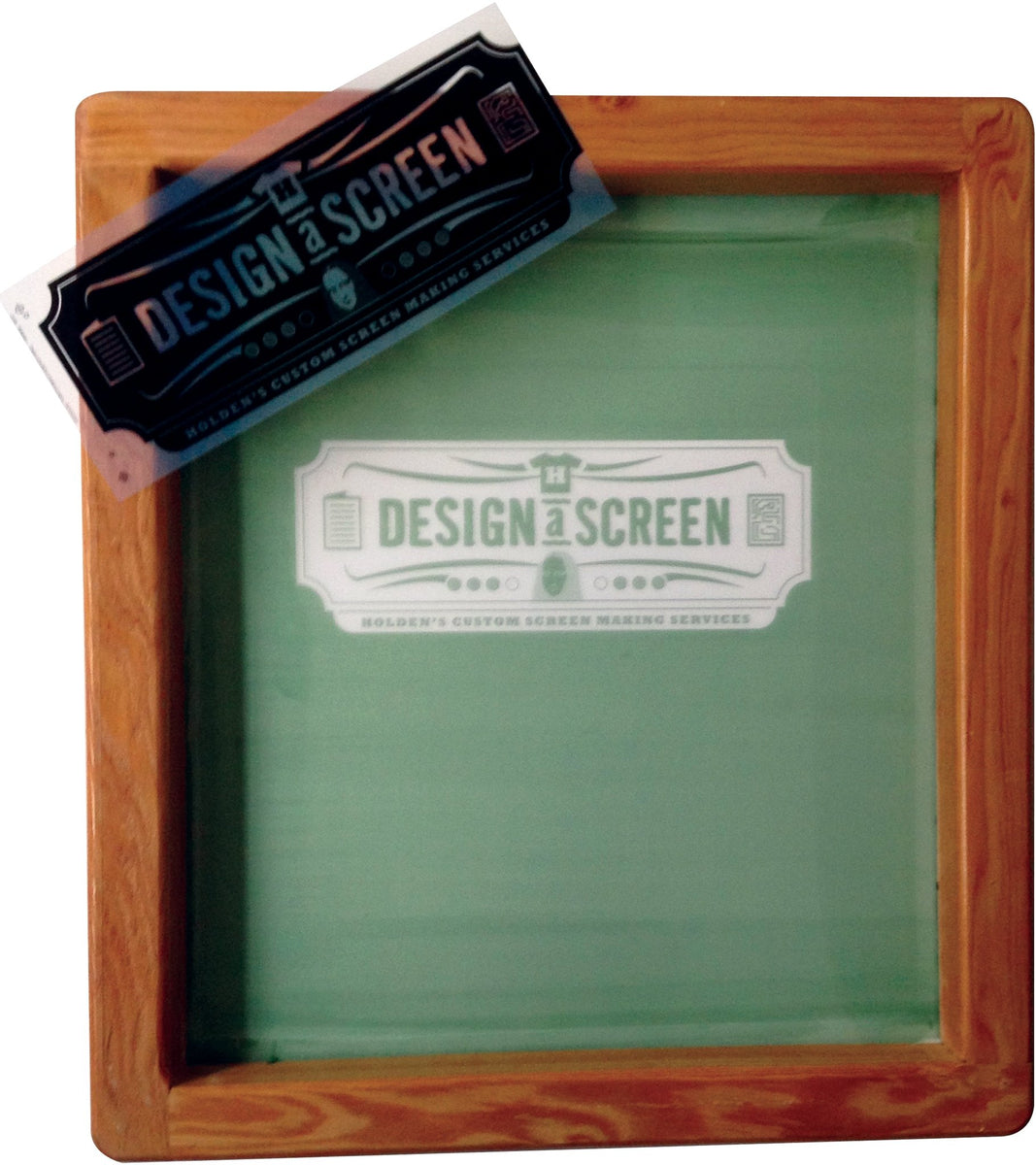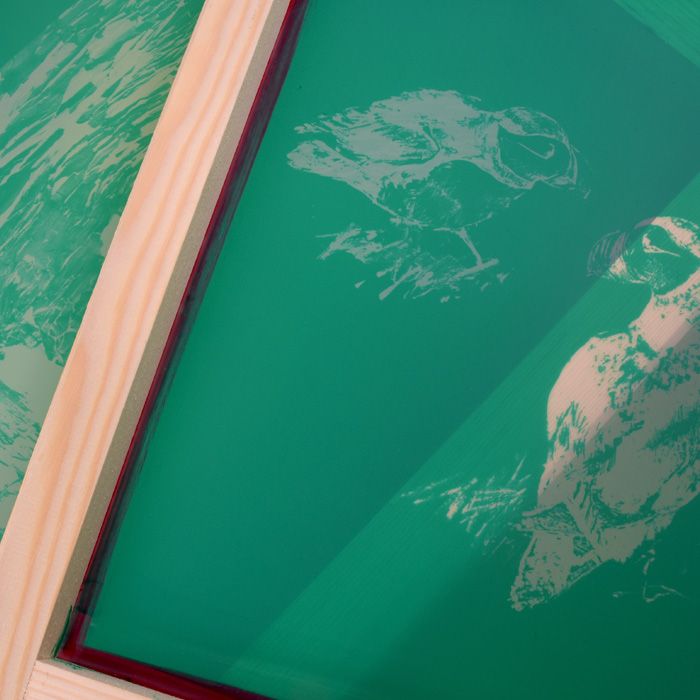Affordable Custom Screen Printing Services for Small Businesses
Affordable Custom Screen Printing Services for Small Businesses
Blog Article
Screen Printing Uncovered: Whatever You Required to Understand About T-Shirt and Garment Printing Methods
If you have actually ever before asked yourself just how those lively designs end up on your favored tees, you remain in the appropriate location. Display printing is a remarkable technique that combines art with technique, using limitless possibilities for creative thinking. Comprehending the fundamentals, from tools to ink options, can greatly influence your outcomes. Ready to explore the necessary elements that make display publishing an art form? Allow's uncover the information that can boost your jobs.
The Basics of Screen Printing: How It Functions
When you plunge right into screen printing, you'll find it's both an art and a science. At its core, screen printing involves producing a stencil, or display, that permits ink to travel through just in specific locations (screen printing kit). You start by choosing your design and preparing your display with a light-sensitive emulsion. When you reveal this emulsion to light, it solidifies, leaving your layout as an unfavorable space.
Following, you'll mix your inks and prepare your printing surface area. Position the display over the fabric, then utilize a squeegee to push ink with the display onto the garment. This procedure needs precision, as you want clear, dynamic prints. After printing, you'll treat the ink with heat, guaranteeing it complies with the fabric and lasts through washes. Each action is important, and grasping them will certainly elevate your display printing abilities, changing simple garments into unique, expressive items.
Kinds Of Display Printing Methods
As soon as you understand the basics of screen printing, it's time to explore the various techniques that can raise your styles. One prominent approach is conventional display printing, where ink is pushed with a stenciled display.
Another choice is plastisol printing, understood for its durability and brilliant colors, making it a preferred for many brand names. Experiment with halftone printing to develop gradient impacts and intricate styles.
Essential Tools for Display Printing
To accomplish stunning outcomes in display printing, having the right tools is basic. You'll need a sturdy display printing structure, which holds the mesh that transfers your layout onto the garment. Next, spend in top notch squeegees; these are important for using ink uniformly throughout the screen.
Selecting the Right Inks and Materials
When picking inks and products for display printing, you need to take into consideration the kind of ink that works best for your job. Consider fabric compatibility to assure your designs look excellent and last lengthy. Additionally, discover green ink options to make your printing procedure a lot more lasting.
Sorts Of Display Inks
Picking the ideal screen ink is essential for attaining vibrant, durable prints that satisfy your task's requirements. There are numerous types of screen inks to analyze. Plastisol ink is preferred for its flexibility and convenience of usage, providing exceptional color opacity on dark fabrics. Water-based ink, on the various other hand, uses a softer feeling and is eco-friendly, making it ideal for those looking to lessen their ecological impact. Release inks remove dye from the material, resulting in a soft, vintage look but require specific handling. Specialized inks, such as glow-in-the-dark or metal, can add one-of-a-kind results to your styles. Review your project requirements and choose the ink that lines up ideal with your wanted result.

Textile Compatibility Considerations
Comprehending textile compatibility is crucial for attaining high-quality screen prints, specifically given that different products react uniquely to various inks. Always evaluate your inks on example textile to guarantee they adhere effectively and preserve color integrity. Additionally, keep in mind that fabric weight and structure can influence the final end result, so choosing the ideal ink and product combination is essential for your job's success.
Eco-Friendly Ink Options
Environmentally friendly inks are coming to be a prominent option for screen printers that desire to reduce their ecological influence while keeping top quality. When selecting inks, think about water-based inks, which are much less dangerous and less complicated to tidy up contrasted to conventional solvents. These inks bond well with textiles, supplying dynamic outcomes without harmful chemicals. You may also explore eco-solvent inks that make use of fewer unstable organic substances (VOCs), making them a much safer option for both your wellness and the planet.
Furthermore, try to find inks made from sustainable resources, such as soy or vegetable-based alternatives. By selecting the find this right inks and materials, you'll not only create visit this site stunning designs however additionally add to a more lasting printing process. Make the button, and your prints will mirror your commitment to the atmosphere!
Preparing Your Layout for Screen Printing

Submit Style Demands
To assure your design looks vivid and sharp on material, you'll need to pay close attention to file format demands for screen printing. Make certain your layout has a clear history to protect against undesirable white sides on your prints. Maintain shade modes in mind; CMYK is typical for display printing, so transform your RGB develops appropriately.
Shade Splitting Up Methods
Color separation is a vital action in preparing your style for display printing, and understanding it can substantially boost your print top quality. You'll require to break your design into individual shades, as each shade needs a different screen during printing. Beginning by determining all the shades in your style and produce layers each. You can make use of software program like Adobe Photoshop or Illustrator to separate and different colors successfully. Be particular to save each layer as a separate documents, generally in a format like TIFF or PSD. This accuracy not just ensures precise shade representation however likewise streamlines the printing process. By taking note of color separation, you'll accomplish expert and vivid lead to your screen-printed garments.
Resolution and Dimension
Achieving the most effective results in screen printing begins with assuring your layout has the best resolution and dimension. Ideally, your artwork needs to be at least 300 DPI (dots per inch) for sharp, clear prints. If you use lower resolution, your last product could look pixelated and less than professional.
When it comes to size, think about the dimensions of your print area. Layout your artwork to match the last print size, ideally producing it in the real measurements you'll be printing. By doing this, you'll prevent any kind of unexpected scaling problems.
Constantly examine your design in both vector and raster styles. Vector graphics can be scaled without losing top quality, making them perfect for screen printing. Preparing properly will ensure your layout looks fantastic on every garment!
Step-by-Step Display Printing Refine
Display printing is a vibrant process that enables you to create vibrant designs on numerous surface areas. To obtain started, you'll need a display, solution, and your picked ink.
After washing out the unexposed solution, your display is ready. Set it up on your printing surface and align your garment below it. Pour ink onto the screen and make use Learn More of a squeegee to push the ink through the pattern onto the fabric. Lift the screen carefully and let the print dry. Finally, treat the ink utilizing warmth to guarantee resilience. That's it! You have actually effectively display published your style.
Tips for Successful Display Printing Projects
While you're diving into your display printing jobs, remember that prep work is essential to success. Beginning by gathering all your products-- inks, garments, mops, and screens. A tidy work space assists avoid undesirable errors, so clean prior to you begin.
Following, verify your art work is high-resolution and correctly sized for your garment. Examine your screen for correct exposure and clean it extensively to avoid spots. When blending your inks, follow the supplier's guidelines to accomplish the right consistency.
Throughout printing, use even pressure with your squeegee for regular results. Don't rush; take your time to validate each print meets your requirements. After printing, allow your garments dry completely prior to handling or packaging them.
Last but not least, always maintain a sample of your benefit future reference. By doing this, you can evaluate your progress and boost your methods over time. Happy printing!

Frequently Asked Questions
For how long Does It Require To Set up a Screen Printing Job?
Establishing a display printing work typically takes around thirty minutes to an hour. You'll prepare the displays, mix inks, and change the press. The time differs based upon intricacy and experience, so remain arranged!
Can I Print on Different Textile Keys In Making Use Of the Exact Same Method?
Yes, you can publish on various textile types utilizing the exact same technique, but you'll require to change your inks and settings. Some materials absorb ink in a different way, so exploring guarantees the most effective outcomes for every material.
What Are Usual Errors to Prevent in Display Printing?
When screen printing, prevent common mistakes like using the wrong ink, ignoring correct exposure times, or avoiding pre-press checks. Constantly check your arrangement and keep tidy screens to guarantee top quality outcomes each time.
Just How Can I Effectively Clean and Maintain My Display Printing Equipment?
To effectively clean and maintain your display printing tools, you must on a regular basis clean displays with appropriate solvents, examine mops for wear, and guarantee all tools are stored completely dry and dust-free. Uniformity improves and protects against expensive repairs efficiency.
Is Screen Printing Eco Friendly Compared to Various Other Approaches?
Screen printing can be much more eco-friendly than other approaches, particularly if you make use of eco-conscious products and water-based inks. By choosing lasting supplies and practices, you reduce waste and decrease your effect on the earth.
Display Printing Uncovered: Whatever You Need to Know About Tee Shirt and Garment Printing Techniques
At its core, screen printing includes developing a pattern, or display, that allows ink to pass through only in certain locations. Placement the screen over the textile, then make use of a squeegee to push ink with the display onto the garment. One preferred approach is conventional screen printing, where ink is pushed through a stenciled screen.When selecting inks and materials for display printing, you need to take right into account the type of ink that functions ideal for your project.
Report this page